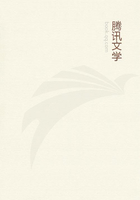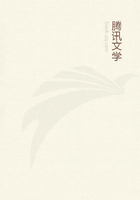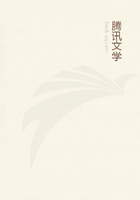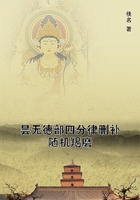In what figure it is possible to draw a conclusion from premisses which are opposed, and in what figure this is not possible, will be made clear in this way. Verbally four kinds of opposition are possible, viz. universal affirmative to universal negative, universal affirmative to particular negative, particular affirmative to universal negative, and particular affirmative to particular negative: but really there are only three: for the particular affirmative is only verbally opposed to the particular negative. Of the genuine opposites I call those which are universal contraries, the universal affirmative and the universal negative, e.g. 'every science is good', 'no science is good'; the others I call contradictories.
In the first figure no syllogism whether affirmative or negative can be made out of opposed premisses: no affirmative syllogism is possible because both premisses must be affirmative, but opposites are, the one affirmative, the other negative: no negative syllogism is possible because opposites affirm and deny the same predicate of the same subject, and the middle term in the first figure is not predicated of both extremes, but one thing is denied of it, and it is affirmed of something else: but such premisses are not opposed.
In the middle figure a syllogism can be made both oLcontradictories and of contraries. Let A stand for good, let B and C stand for science. If then one assumes that every science is good, and no science is good, A belongs to all B and to no C, so that B belongs to no C: no science then is a science. Similarly if after taking 'every science is good' one took 'the science of medicine is not good'; for A belongs to all B but to no C, so that a particular science will not be a science. Again, a particular science will not be a science if A belongs to all C but to no B, and B is science, C medicine, and A supposition: for after taking 'no science is supposition', one has assumed that a particular science is supposition. This syllogism differs from the preceding because the relations between the terms are reversed: before, the affirmative statement concerned B, now it concerns C. Similarly if one premiss is not universal: for the middle term is always that which is stated negatively of one extreme, and affirmatively of the other.
Consequently it is possible that contradictories may lead to a conclusion, though not always or in every mood, but only if the terms subordinate to the middle are such that they are either identical or related as whole to part. Otherwise it is impossible: for the premisses cannot anyhow be either contraries or contradictories.
In the third figure an affirmative syllogism can never be made out of opposite premisses, for the reason given in reference to the first figure; but a negative syllogism is possible whether the terms are universal or not. Let B and C stand for science, A for medicine.
If then one should assume that all medicine is science and that no medicine is science, he has assumed that B belongs to all A and C to no A, so that a particular science will not be a science. Similarly if the premiss BA is not assumed universally. For if some medicine is science and again no medicine is science, it results that some science is not science, The premisses are contrary if the terms are taken universally; if one is particular, they are contradictory.
We must recognize that it is possible to take opposites in the way we said, viz. 'all science is good' and 'no science is good' or 'some science is not good'. This does not usually escape notice. But it is possible to establish one part of a contradiction through other premisses, or to assume it in the way suggested in the Topics.
Since there are three oppositions to affirmative statements, it follows that opposite statements may be assumed as premisses in six ways; we may have either universal affirmative and negative, or universal affirmative and particular negative, or particular affirmative and universal negative, and the relations between the terms may be reversed; e.g. A may belong to all B and to no C, or to all C and to no B, or to all of the one, not to all of the other; here too the relation between the terms may be reversed. Similarly in the third figure. So it is clear in how many ways and in what figures a syllogism can be made by means of premisses which are opposed.
It is clear too that from false premisses it is possible to draw a true conclusion, as has been said before, but it is not possible if the premisses are opposed. For the syllogism is always contrary to the fact, e.g. if a thing is good, it is proved that it is not good, if an animal, that it is not an animal because the syllogism springs out of a contradiction and the terms presupposed are either identical or related as whole and part. It is evident also that in fallacious reasonings nothing prevents a contradiction to the hypothesis from resulting, e.g. if something is odd, it is not odd. For the syllogism owed its contrariety to its contradictory premisses; if we assume such premisses we shall get a result that contradicts our hypothesis. But we must recognize that contraries cannot be inferred from a single syllogism in such a way that we conclude that what is not good is good, or anything of that sort unless a self-contradictory premiss is at once assumed, e.g. 'every animal is white and not white', and we proceed 'man is an animal'. Either we must introduce the contradiction by an additional assumption, assuming, e.g., that every science is supposition, and then assuming 'Medicine is a science, but none of it is supposition' (which is the mode in which refutations are made), or we must argue from two syllogisms. In no other way than this, as was said before, is it possible that the premisses should be really contrary.















